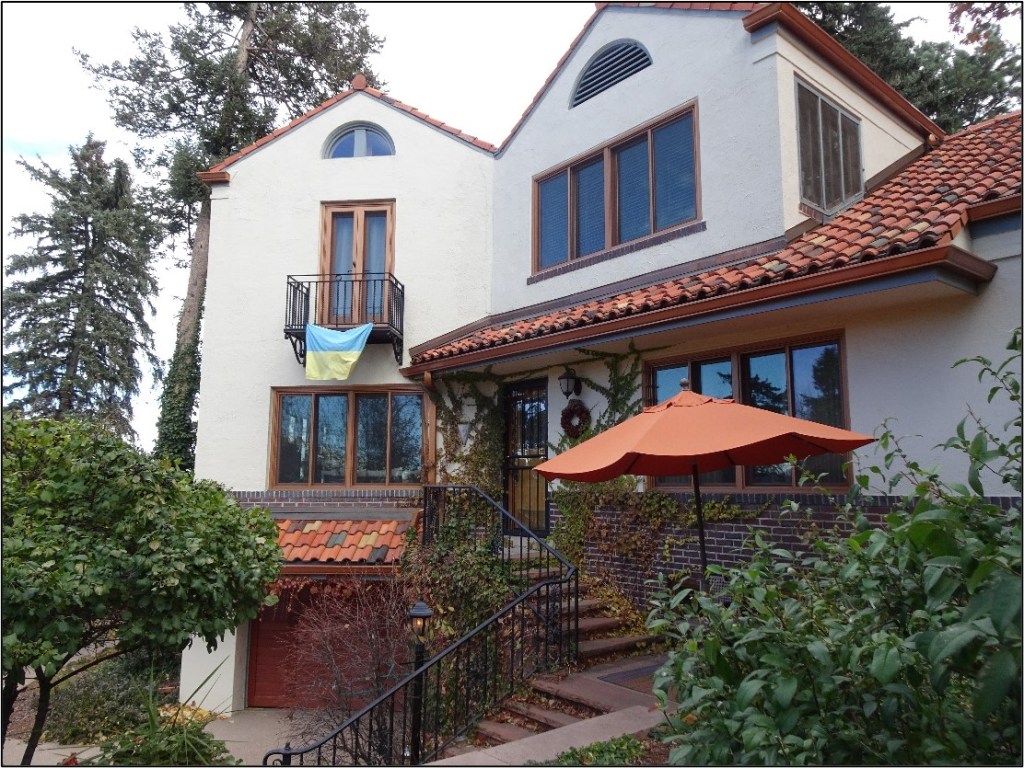The Kunsmiller House is one step closer to being a historic landmark.
Denver City Council’s Land Use, Transportation and Infrastructure Committee forwarded the application to designate the house and surrounding property at 5086 Vrain St. as a city landmark in its meeting Tuesday afternoon.
Dorothea and Adolph Kunsmiller bought 0.72 acres in the Regis neighborhood in 1922, and they built a Spanish-eclectic family home on the land in 1924.
Dorothea Kunsmiller served on the Denver Public Schools Board of Education for 24 years, winning reelection four times and serving as vice president for a significant amount of her tenure. DPS named Kunsmiller Junior High School in her honor when she retired, making it the first time the district had named a school after a living person. Adolph Kunsmiller was a longtime banker, serving as president of the American Bank and Trust Company.
Denver senior city planner Becca Dierschow told council members that the Kunsmillers were known as advocates for equality, fair wages and job opportunities, especially for teachers and Jewish residents, though not Jewish themselves.
“The Kunsmillers, as a couple, illustrate the power ordinary individuals have to make a difference in their spheres of influence,” Dierschow said. “Advocating for fair pay, equality and justice for people different from themselves. As immigrants to Denver, they settled in and rolled up their sleeves to make the city a better place.”
The property is adjacent to the Willis Case Golf Course, which Dierschow said contributes to the house’s significance as it retains its rural feel that it had when built in the ’20s. The Spanish eclectic style of the house, Dierschow said, is rare and distinctive in Denver.
District 1 Councilmember Amanda Sandoval, who applied on behalf of the house’s owners Jeff and Jeanne Laws, said they decided to include the landscaping and surrounding property of the house because the vegetation is significant to the Spanish eclectic style of the home. Much of the trees and vegetation as well as a nearby pond is believed to have been placed by the Kunsmillers.
“When you do a historic designation, the boundary matters,” Sandoval said. “Through the house and through the garden, we all decided that it was really important for the application to have included all the vegetation.”
The application was forwarded to City Council, which will vote on whether to designate the property as a landmark. Designations requested by property owners are generally uncontroversial. Landmark status effectively prevents demolition of a structure. A city commission must approve changes to the structure’s exterior.
Get more real estate and business news by signing up for our weekly newsletter, On the Block.
